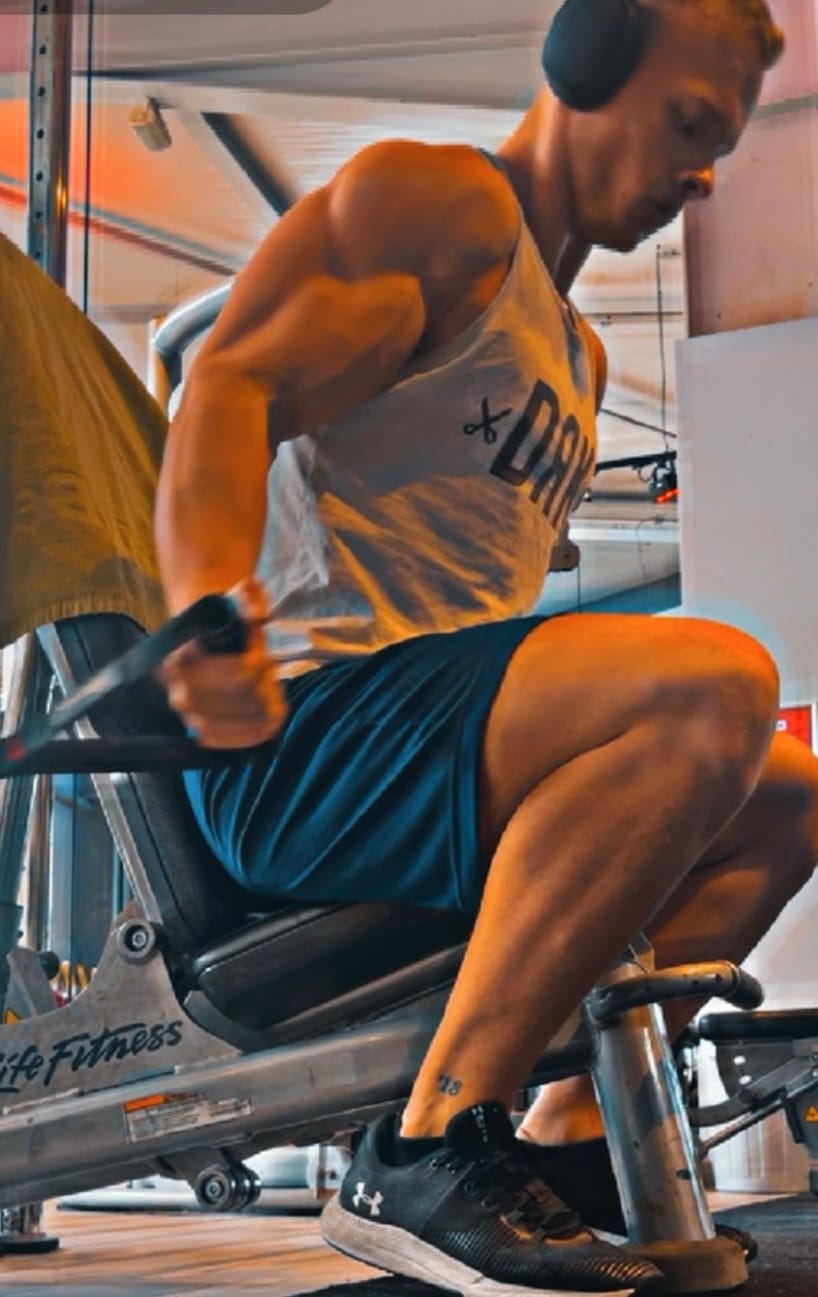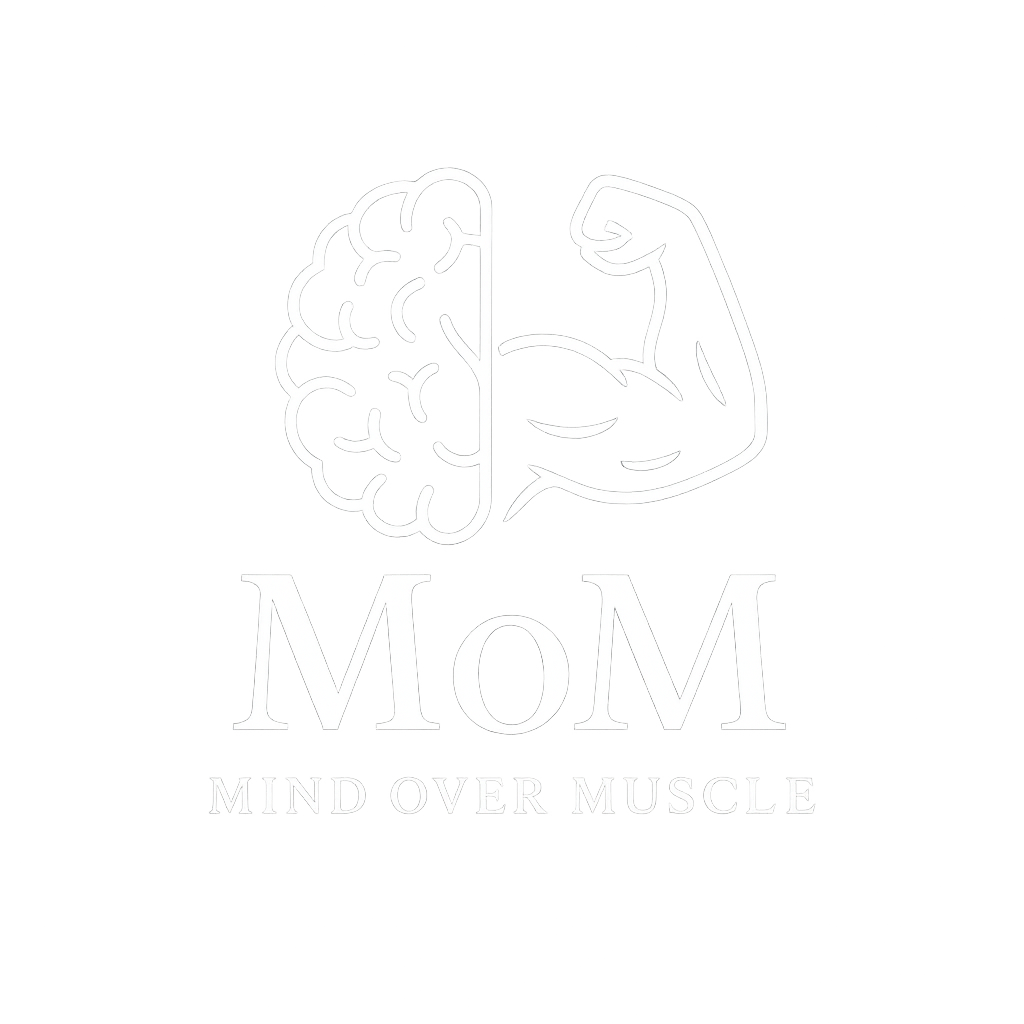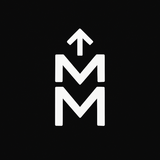How I Gained More Muscle in Less Time – Training, Nutrition and the Mindset Behind It
Building more than just a body this post is about long-term mindset, intention, and results beyond luck or genetics.
I started this blog because I want to show that long-term progress isn’t just a matter of genetics or luck.
I believe that conscious effort and the right knowledge will always lead to results in the long run.
If there’s interest, I’m happy to share educational content based on my own journey as well.
I’m also open to diving into topics suggested by others — especially if they could be useful for someone else’s progress too.
More Than Training – My Story
I started bodybuilding back in 2018 – with zero knowledge, of course.
After some initial progress, I quickly hit a plateau, which was a clear sign that something was missing.
That’s when I realized: it all comes down to knowledge.
From that point on, I started to consciously dive into the topic and ever since, progress has become unstoppable.
Right now, I have competitive ambitions, and on this path, I use every tool with intention and thoughtful reasoning.
My goal isn’t just to maximize growth, but to do it in a way that’s sustainable in the long term with a no-compromise mindset, built on scientific foundations.
Alongside practical experience, the scientific background also plays a key role for me it’s not enough to know what we’re doing; I need to understand why it works.
I regularly read studies, analyze literature, and strive to ensure that every decision I make is backed by real, evidence-based knowledge not just trends or opinions.
It wasn’t an easy start, and I didn’t have much to work with but I always had this one thing inside me: the refusal to accept a life that others even my family – took for granted.
Bodybuilding became the space where I first felt I could take control of my own destiny.
This blog is the footprint of that journey.
What’s the Foundation of It All?
The most important thing is to fully understand what we want to achieve through this sport and not experience the process as a burden.
As soon as the goal becomes blurry and training turns into a “have to”, the whole thing starts to feel like suffering but it doesn’t have to be that way.
We have to learn to love the process, and reduce the internal noise that disrupts our mental clarity.
In summary:
Mental discipline is one of the most crucial foundations of long-term muscle building (yes, even that).
Nutrition – One of the Most Common Progress Blockers
Based on my personal experience, many people underestimate the importance of proper nutrition and this is what holds back their progress the most.
Let’s take a closer look at the three macronutrients:
• Fats:
The biggest misconception is that all fat intake should be minimized — this is simply not true.
We need to understand the different types of fats. Let’s focus now on polyunsaturated fats and trans fats.
• Trans fats (e.g. fast food, processed sweets):
→ Promote inflammation, lower testosterone levels, and can lead to insulin resistance.
→ Reduce insulin sensitivity of cells, which in the long term can contribute to type 2 diabetes.
• Polyunsaturated fats (e.g. omega-3, omega-6):
→ Contain essential fatty acids that the body cannot produce — we must get them from food and supplements.
→ Important for heart, brain, and hormonal health, hormone production, building cell membranes, and reducing inflammation.
Protein:
Perhaps the most well-known nutrient yet many still don’t use it correctly.
Protein is the building block of muscle tissue it breaks down into amino acids, which are essential for muscle regeneration and growth.
- Helps maintain a positive nitrogen balance, which is a fundamental requirement for muscle mass growth.
- Promotes satiety, supports appetite control, the immune system, and enzyme production.
Best sources:
- Animal-based: chicken, beef, fish, eggs
- Plant-based: lentils, beans, tofu, quinoa, cottage cheese, yogurt
Carbohydrates:
One of the most misunderstood nutrients yet it plays a key role in training intensity, recovery, and supporting both muscle growth and hypertrophy.
Carbohydrates are the body’s main energy source — in the form of glucose, which the body stores as glycogen in the muscles and liver.
During training, these stores get depleted — and if we don’t replenish them, both performance and recovery will suffer.
- Recommended: complex carbohydrates (oats, rice, potatoes, quinoa, vegetables)
- To be limited: large amounts of refined sugars (sodas, sweets), which can cause blood sugar fluctuations and decreased insulin sensitivity
Note: Sugar isn’t necessarily the enemy — only if consumed in excess.
Training – Quality Execution and Awareness
I started bodybuilding at the age of 12, but the first several years were more of a learning phase.
Today, I can confidently say that with my current knowledge, I would’ve reached the same level of development much faster.
(I’m not saying this to boast – only to show how much knowledge truly matters.)
It took me four years before I stopped just moving weights and started focusing on the quality of every exercise I performed.
Mind-Muscle Connection – The Foundation of Controlled Movement
At first, this concept might sound “advanced,” but it’s actually crucial even for beginners.
Our body instinctively chooses the path of least resistance especially when a movement pattern isn’t yet ingrained.
That’s why during training, we need to consciously direct the movement, ensuring that the targeted muscle is doing the work, not the surrounding muscles or momentum compensating.
(Curious to dive deeper? Look up studies on the “mind-muscle connection” — this is the physiological foundation behind intentional muscle activation.)
Training Method = Individualization
We often forget that it’s not the exercises themselves that matter most it’s how well they fit our unique structure.
That’s why the same movements don’t work equally well for everyone.
What really matters is choosing movement patterns that suit your body — such as:
push–pull, hip-dominant–knee-dominant, horizontal–vertical presses and pulls.
Our genetic build (shoulder width, hip angle, bone structure) plays a major role in determining what truly works best for each individual.
Maintaining Tension – The Essence of Isolation
In this exercise, my goal is to keep the biceps under constant tension.
It’s not about the weight it’s about making sure the muscle is working the entire time, without momentum.
The slow eccentric phase, the held peak contraction, and the controlled end position all serve one purpose: to deliver the maximum possible stimulation to the target muscle.

As shown in the picture: no swinging, no rushing just focused execution. This is the kind of intentional training that doesn’t just load the biceps, it actually develops it.
Practical Example –
How I Overcame Stagnation
During the first five years of my training, I started almost every chest day with flat barbell bench press.
The last two years were nothing but stagnation no real change in muscle mass or strength.
Then, with just one exercise switch, I broke through years of being stuck.
This is my own experience, but it applies to any muscle group if you’re hitting a wall with multiple exercises, it’s a red flag.
The solution? Simple: You need to change the method.
Signals from Our Body – If We Listen, We’ll Get Answers
The human body is an incredibly intelligent system.
If something isn’t functioning optimally, it will eventually let us know.
That can look like:
- decreasing performance,
- discomfort during movement,
- or recurring joint pain.
The body always sends signals we just don’t always listen.
I made this mistake myself: I tried to ignore the signs for too long, telling myself “this is just part of progressing.”
But pain is not normal — and it doesn’t have to become a part of our lives.
Summary:
Training isn’t just about lifting weights.
It’s a learning process where the goal is:
- mastering quality movement,
- consciously activating our muscles,
- and learning to interpret the signals our body sends us.
In the next section, we’ll take a look at how recovery supports all of this and why it’s not enough to train hard, we need to rest smart, too.
Recovery – Where the Muscle Truly Grows
I’ve had many periods where stress took over and I regularly slept less than I should have.
But the real problem wasn’t the stress itself, it was that sleep was never a priority.
So why is that such a big issue when it comes to building muscle?
Why Sleep Is Essential for Muscle Growth
You might wonder what’s the worst that could happen if we eat well and train smart, but don’t get enough sleep?
Everything.
During training, your muscles experience micro-damage — a catabolic process.
But muscle growth (anabolism) doesn’t happen during the workout it happens after, and most importantly, during sleep:
- Protein synthesis is activated,
- the body incorporates proteins into the damaged muscle fibers,
- and true recovery takes place.
No matter how perfect your training or nutrition is — if sleep is missing, the entire balance collapses.
The Real Consequences of Poor Sleep
- Decreased testosterone levels
- Increased cortisol levels (stress hormone)
- Reduced insulin sensitivity
- Slower recovery and muscle growth
- Higher risk of injury and joint pain
Sleep Optimization – It’s Not Just About Time
Fortunately, it’s becoming more widely known that most people need 7–9 hours of sleep.
But sleep isn’t just about duration quality matters just as much.
Even a few bad habits can significantly reduce the effectiveness of your rest.
What Helps the Brain Wind Down Before Bed?
- Avoiding blue light, creating a phone-free zone
- Breathing exercises or meditation
- A warm shower
- Supplements like glycine, magnesium, and theanine
- Quiet reading or journaling
The key to restorative sleep is helping your mind slow down.
If your thoughts are still racing, your body simply can’t rest.
In the End: Progress Begins With a Conscious Decision
Real progress doesn’t begin in the gym and it doesn’t end there either.
Training, nutrition, and recovery only work as a whole if we intentionally align them.
If you take just one thought with you from this post, let it be this: your body truly grows when you finally start listening to what it’s telling you.
Honestly, it took me time to understand this myself.
In the world of bodybuilding, it often seems like looking good is enough but I’ve learned that recognition matters just as much.
Still, I didn’t want to follow the typical path.
I don’t feel at home in the world of Instagram reels and TikTok videos.
I’m not building 30-second content
I’m building something that means something in the long run.
Something that reflects not only my physique but my mindset, too.
Thank you for reading.
I truly hope you found something here that gave you value whether in the gym, or somewhere deeper, within yourself. 👊

